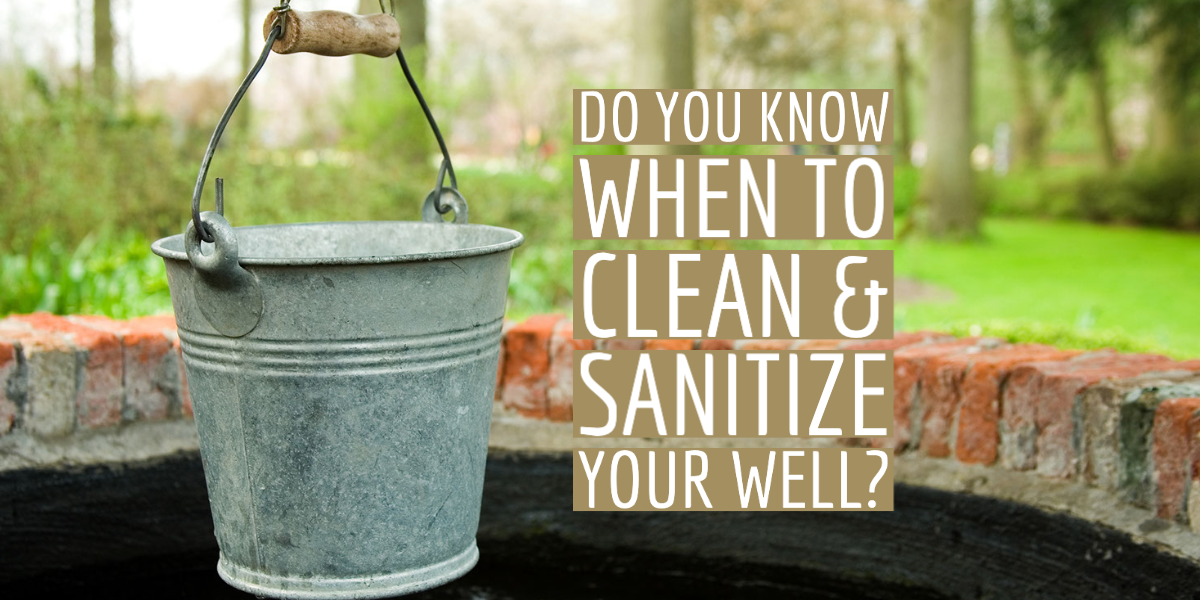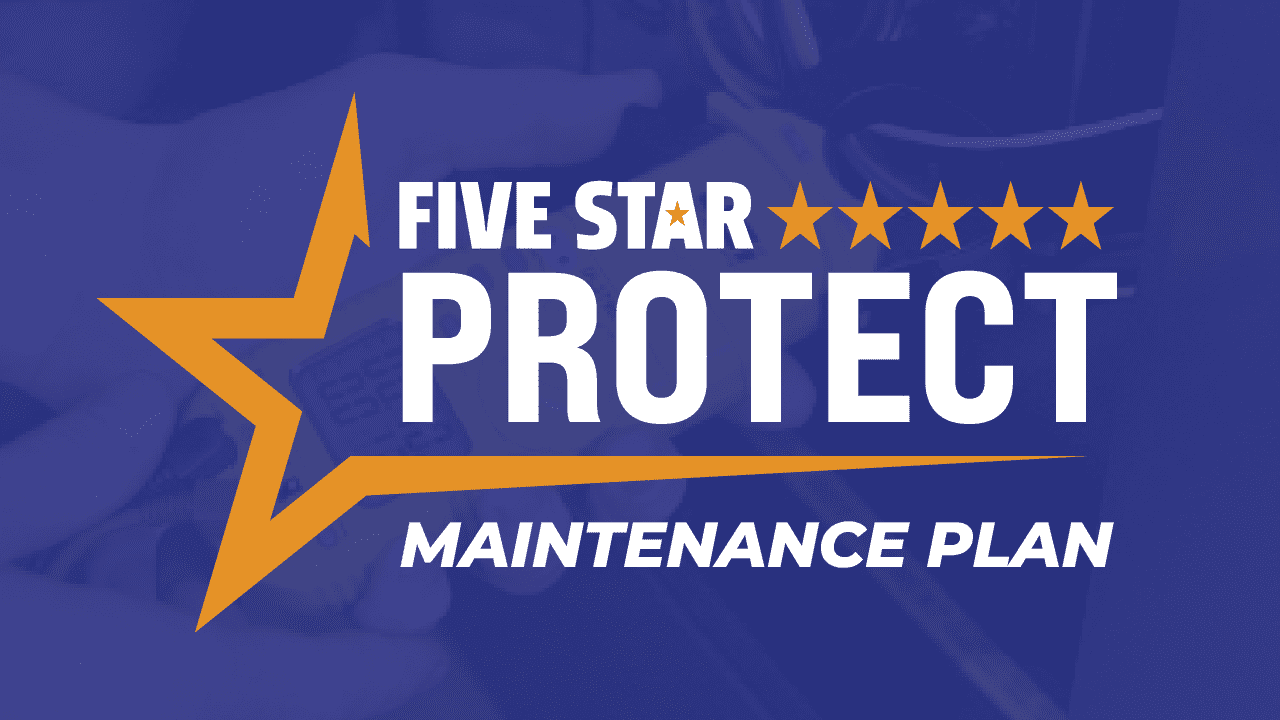Your well provides vital, life-giving water for you and your family. This means that your well needs to be kept in top condition, and proper cleaning and sanitation of your well is very much a part of this. It is important to understand and practice proper cleaning and sanitation procedures for your well, as the water you bring into your home is so important to keep safe and clean.
Check for Contaminants
One of the most important parts of maintaining your well is to check periodically for contamination. If you suspect a problem check somewhat often, but an annual test should usually be sufficient. The biggest threats to your health are nitrate and coliform bacteria. Heavy minerals such as iron won’t necessarily be hazardous to your health, but they can make the water look, smell or taste off and could cause plumbing system problems.
When to Sanitize
The sanitation procedure, shock chlorination, is of course recommended strongly when any of the aforementioned hazardous bacteria are present. There are other instances, however, when shock chlorination of the well is recommended including pumping and installation of new piping within the well system.
Many recommend that shock chlorination is carried out after new well construction or after an existing well has been opened for repairs. Repairs or replacements of tanks, pumps, and piping are also good reasons for sanitation. Chlorination is also recommended when it is suspected that floodwater or surface water has infiltrated the well.
What is Shock Chlorination
This process involves adding a chlorine solution to the water source and letting it act to disinfect the water source and the plumbing system for 12 to 24 hours. Regular, non-perfumed, household bleach, pool chlorine, and calcium hypochlorite can be used. Check to be sure that your particular product has the correct levels of active chemicals before adding it to your water source.
This process is more complicated than allowing the solution to simply soak; this is a multi-step process that can become particularly time consuming if you are not well versed in this procedure. To access the well, it is strongly recommended that you have a professional come out to open up the sanitary well seal.
The actual chlorination process is something that you can do on your own if you follow all the steps precisely, but this may be something that you want to look into having a professional take care of. Your family’s water supply is too important to risk making a mistake.





